- Determine the type of work you need the amphibious excavator to execute. Consider the size of the project, the types of materials you will be working with, and the types of tasks you need the excavator to be able to perform.
- Research the different types of amphibious excavators available and the size range of each type. Consider your budget and the size of your project to help you determine the size range best for you.
- Estimate the weight of the materials you will work with and the space available for your project. The weight of the materials and the space size available will help you decide which size excavator is right for you.
- Calculate the power required to move the materials and equipment size. This will help you determine the size and strength of the excavator that is best suited for your project.
- Consider the size and weight of the excavator when looking for the correct size. Look for an excavator that is small enough to fit in the space available for your project but also powerful enough to handle the type of materials you need to move.
- Consider the size and type of tracks needed.
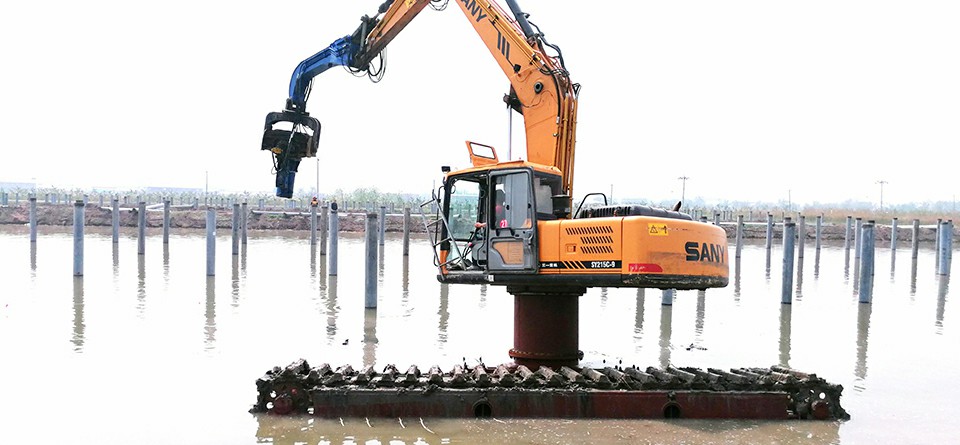
1. When should we use an amphibious mini excavatorAmphibious Excavator / Swamp Buggy?
An amphibious mini excavator is a type of small excavator that is designed for work in wet or muddy conditions. It is equipped with tracks designed to provide excellent traction on wet and dry surfaces. This makes it an ideal choice for jobs that require excavation in marshy areas or near bodies of water.
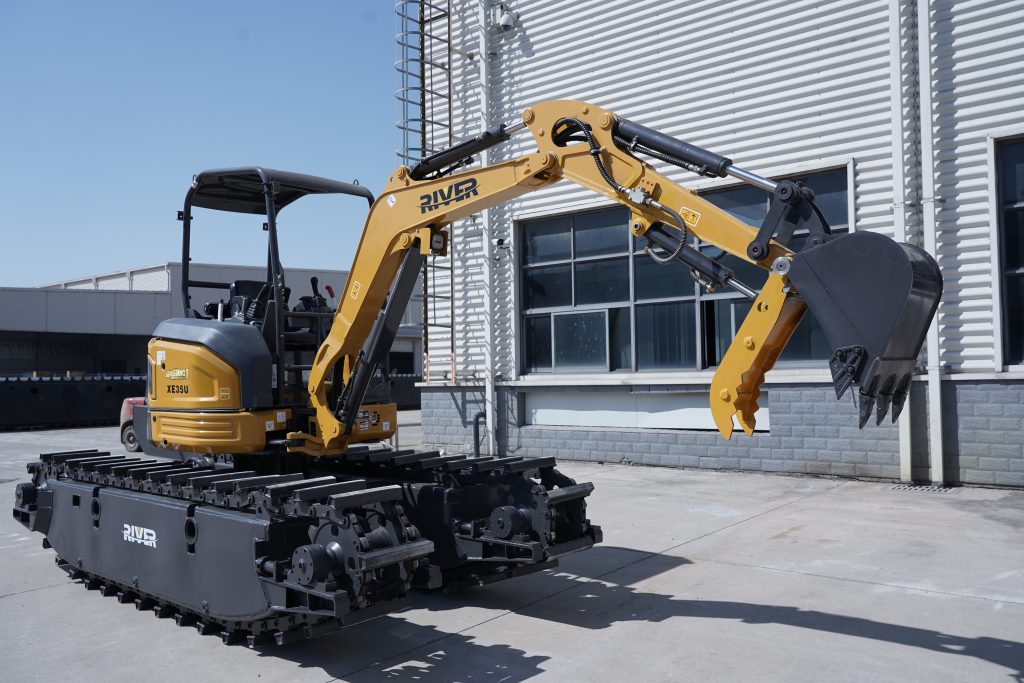
It is also a great choice for those who need a smaller machine that is capable of handling more difficult terrain. With its flexibility and maneuverability, an amphibious mini excavator can be used in various applications, such as dredging, grading, and demolition.
2. Areas where mini amphibious excavators can be used
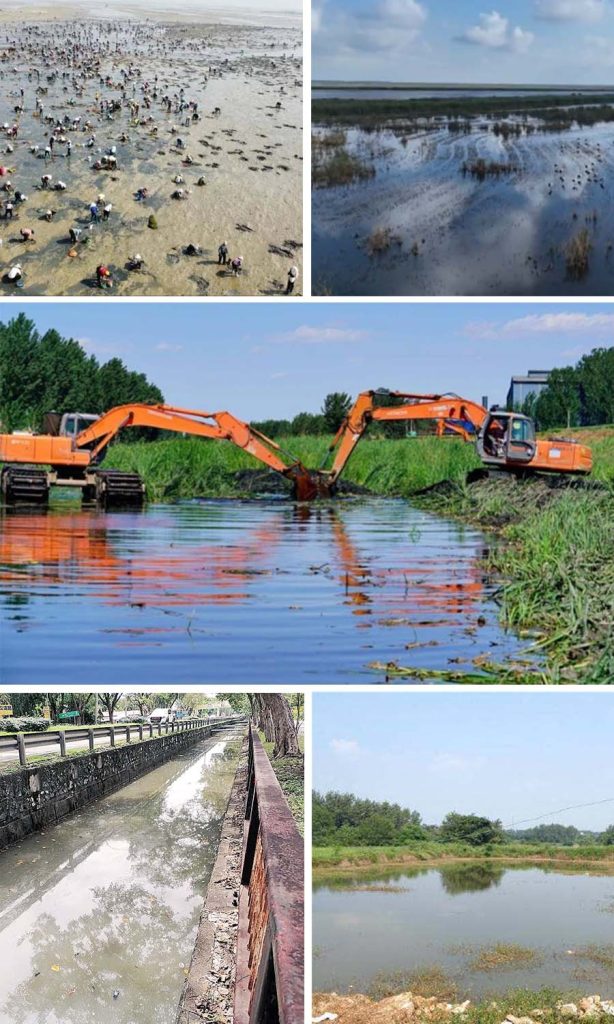 1. Wetland restoration
1. Wetland restoration
2. River dredging
3. Construction of drainage systems
4. Landscaping
5. Demolition and removal of debris
6. Mining operations
7. Dune stabilization
8. Underwater excavation
9. Canal maintenance
10. Bridge repair and installation
11. Marine construction and repair
12. Excavation of ponds and water features
13. Waterway maintenance and repair
14. Sewer line repair and installation
15. Beach erosion control and sand replenishment
3. What is the difference between big and mini amphibious excavators in terms of application?
| Big amphibious excavators | Mini amphibious excavators |
|---|---|
| Big amphibious excavators are typically used for heavier, larger-scale projects such as canal and river dredging, building dams, and land reclamation | Mini amphibious excavators are typically used for lighter, more precise tasks such as excavation of small areas, removing stumps, and digging in tight spaces. |
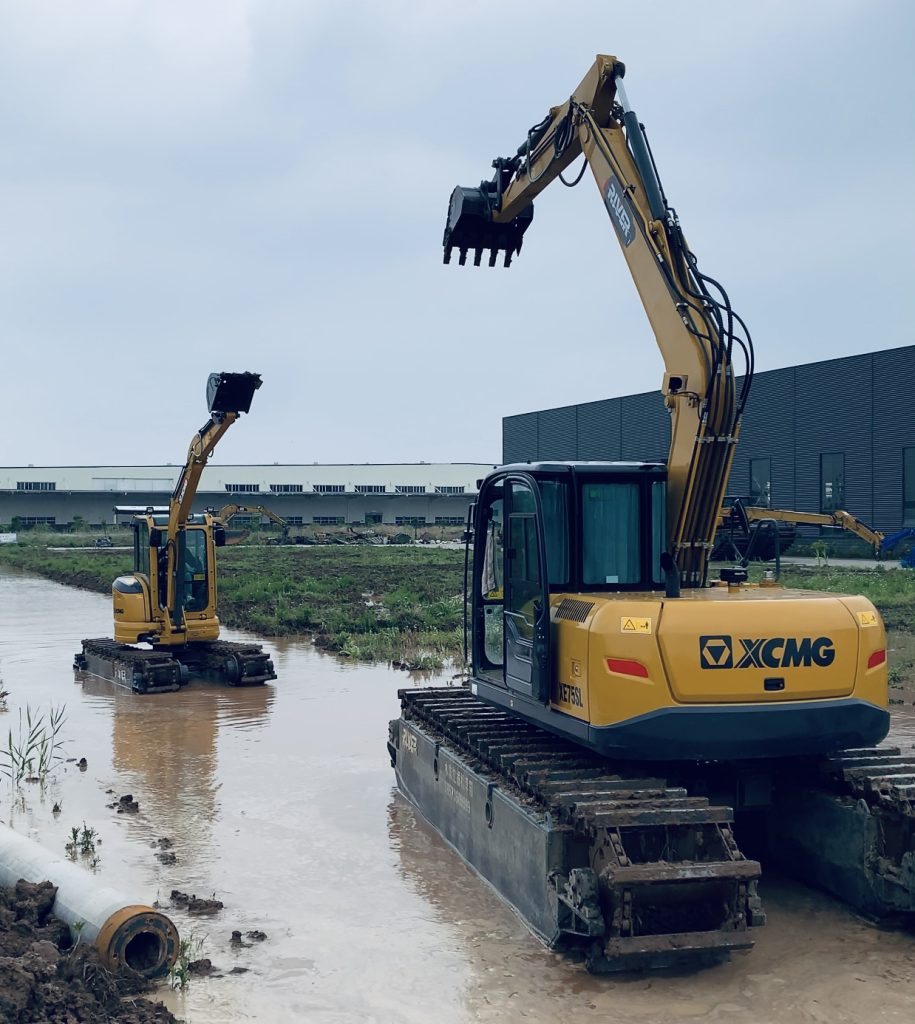
4. Advantages of mini/small amphibious excavators over heavy ones
*Easier to Transport: Mini and small amphibious excavators are much easier to transport than their larger counterparts. They can be quickly loaded onto a truck or trailer and taken to a job site. This makes them ideal for smaller jobs that require excavation in remote or inaccessible locations.
*Cost: Mini excavators and small amphibious excavators are significantly cheaper than their heavier counterparts. This makes them a great choice for contractors on a budget, or those who don’t have the capital to invest in a large excavator.
*Manoeuvrability: Mini and small amphibious excavators are much more maneuverable than their larger counterparts. They can be used in tighter spaces and can more easily navigate around obstacles. This makes them ideal for jobs that require precision excavation work.
*Efficiency: Mini and small amphibious excavators are more efficient than their larger counterparts. They use less fuel and can work for more extended periods without refueling. This helps to reduce the cost of excavation work.
*Safety: Mini excavators and small amphibious excavators are much safer to use than their heavier counterparts. They are more stable, and their smaller size reduces the likelihood of tipping over. This makes them a safer choice for both operators and bystanders.
Meanwhile, heavy machines have their own advantages in handling heavy and long-time projects. In all, mini machines are used where heavy ones cannot access them.
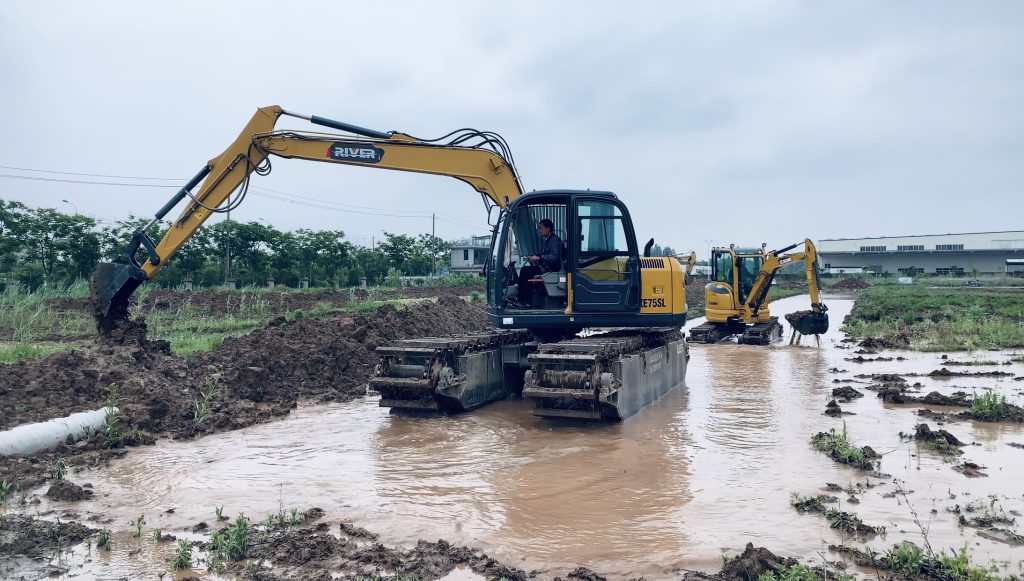
5. Why do you need a small amphibious excavator if you already have a large amphibious excavator?
A small amphibious excavator can be used in areas that a larger excavator cannot access due to size or weight restrictions. It can also be used to work in confined spaces or to carry out tasks that require a lighter touch or precision.
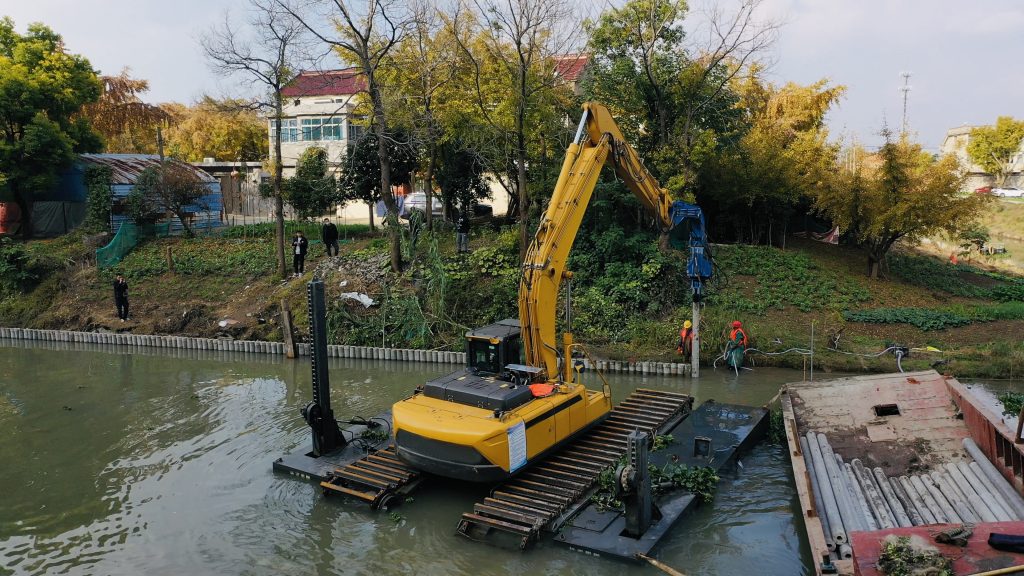
6. What kind of construction should I use a big amphibious excavator?
It is essential to consider what tasks you want it to perform when using the most considerable construction.
*Depending on the size of the excavator, it can be used for excavation, dredging, and other earth-moving tasks:
*It can also handle materials, demolition, and general construction works.
*Additionally, it can be used for land reclamation, levee construction, and other water-related projects.
*The biggest construction can also be used for bridge construction, slope stabilization, and other specialized projects.
In summary, the biggest construction is a versatile machine that can be used for various construction tasks.
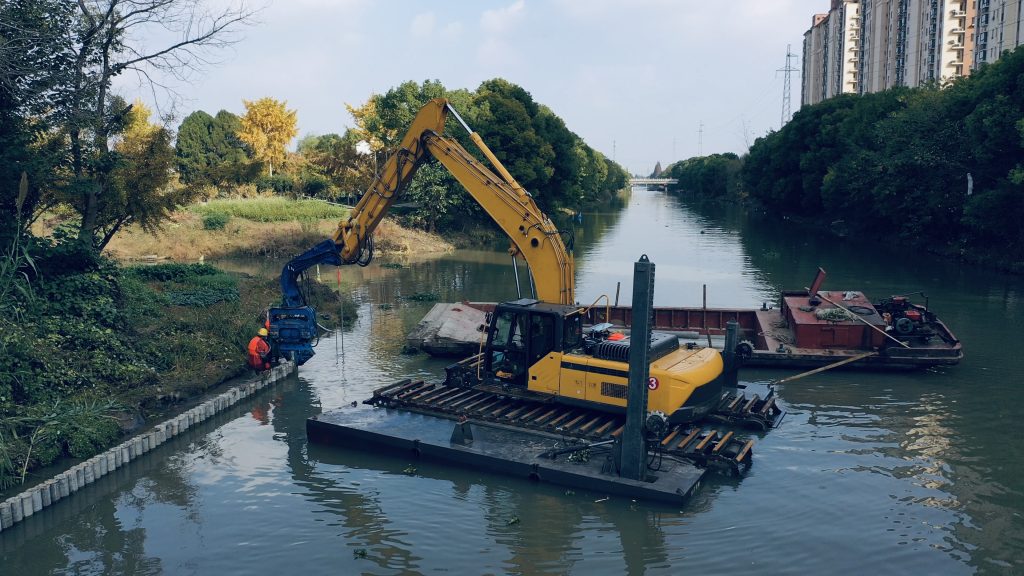
Summary of the comparative of the merit of Mini Amphibious Excavators over Bigger
*A bigger amphibious excavator is a large piece of construction equipment that is used for digging and excavating in wetlands, marshes, swamps, and other areas where the soil is too soft for normal excavators. These machines are typically used for dredging and land reclamation projects. They are powered by a large onboard engine and feature a floating platform for stability. They are usually much larger than mini excavators and have the capability to move in and out of the water with ease.
*A mini amphibious excavator is a smaller version of a larger amphibious excavator. It is ideal for jobs in tight or confined spaces and is typically used for landscaping, pond and lake excavation, and other smaller-scale projects. It is powered by a smaller engine and features a smaller platform than the bigger excavators, making it more maneuverable and allowing it to work in shallow water. It is also more affordable than a larger excavator, making it a good choice for smaller projects.
